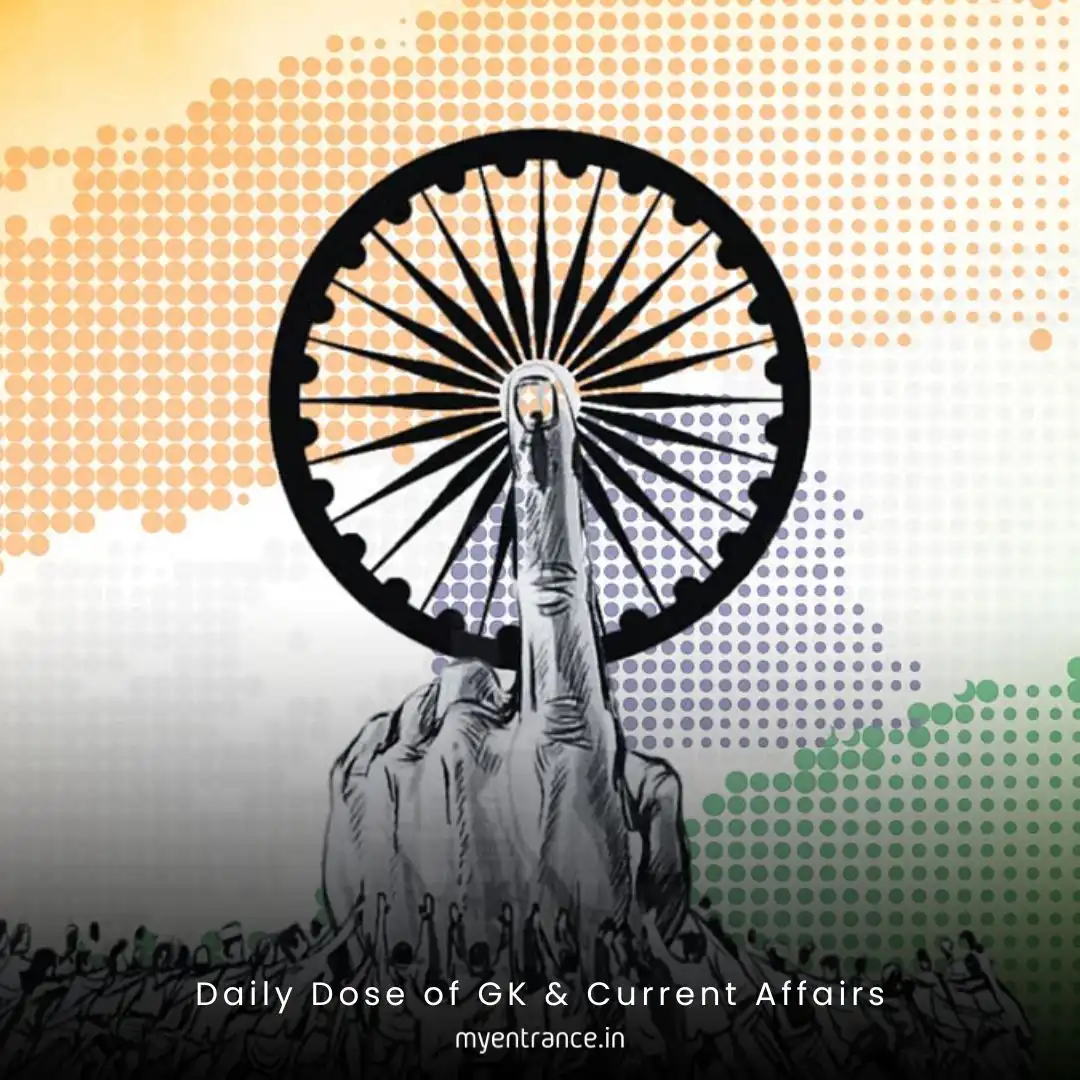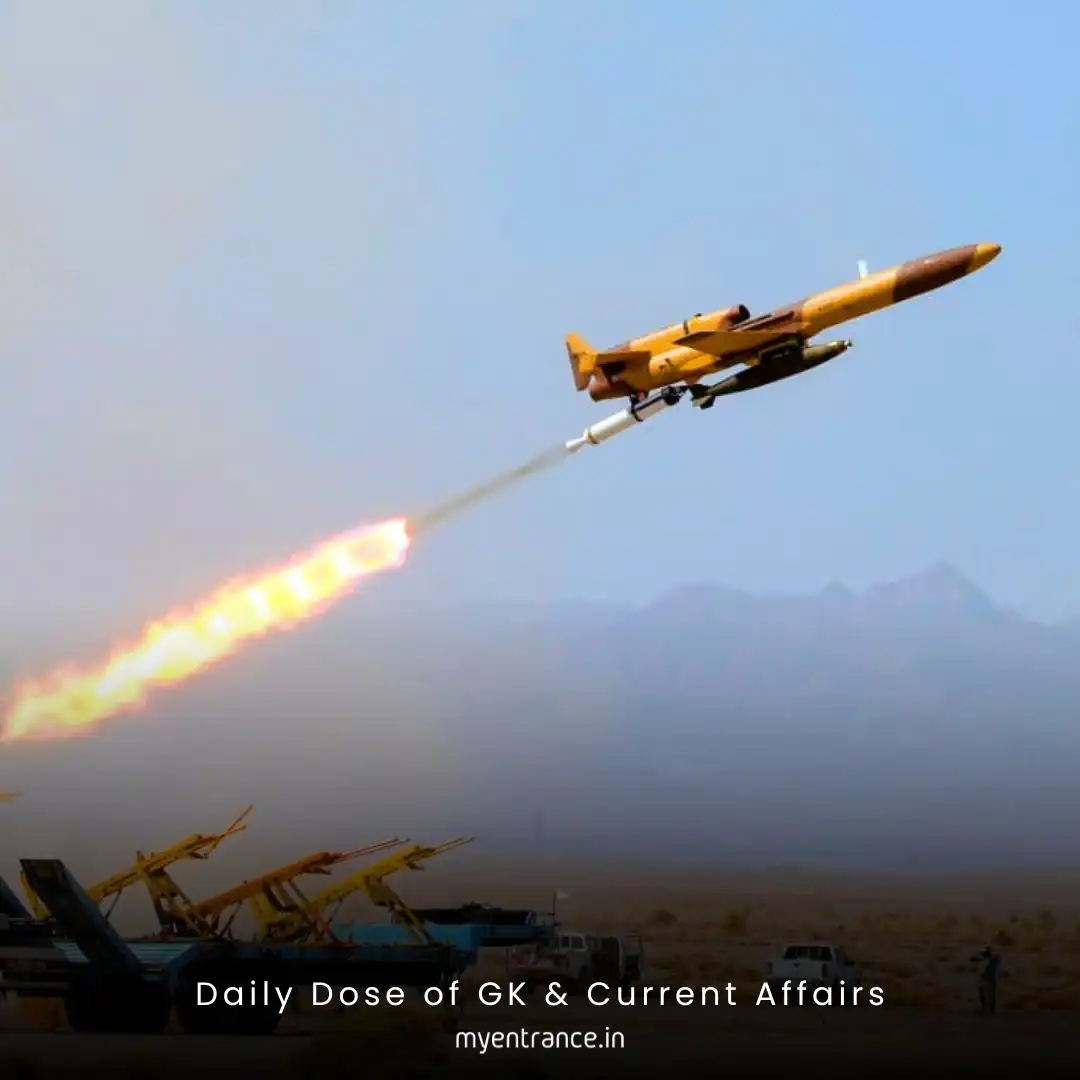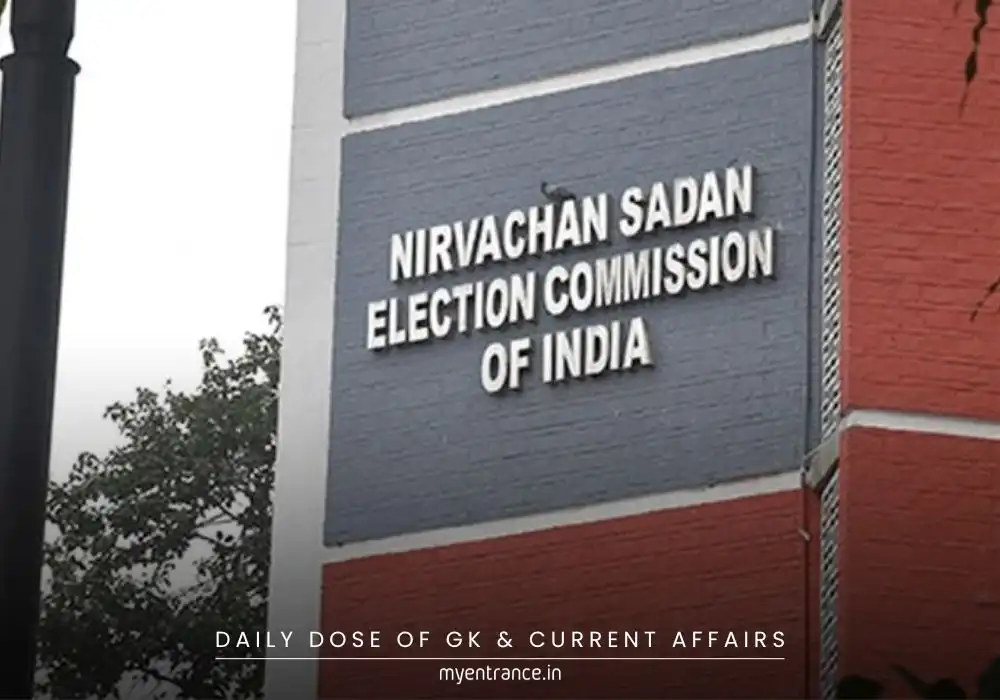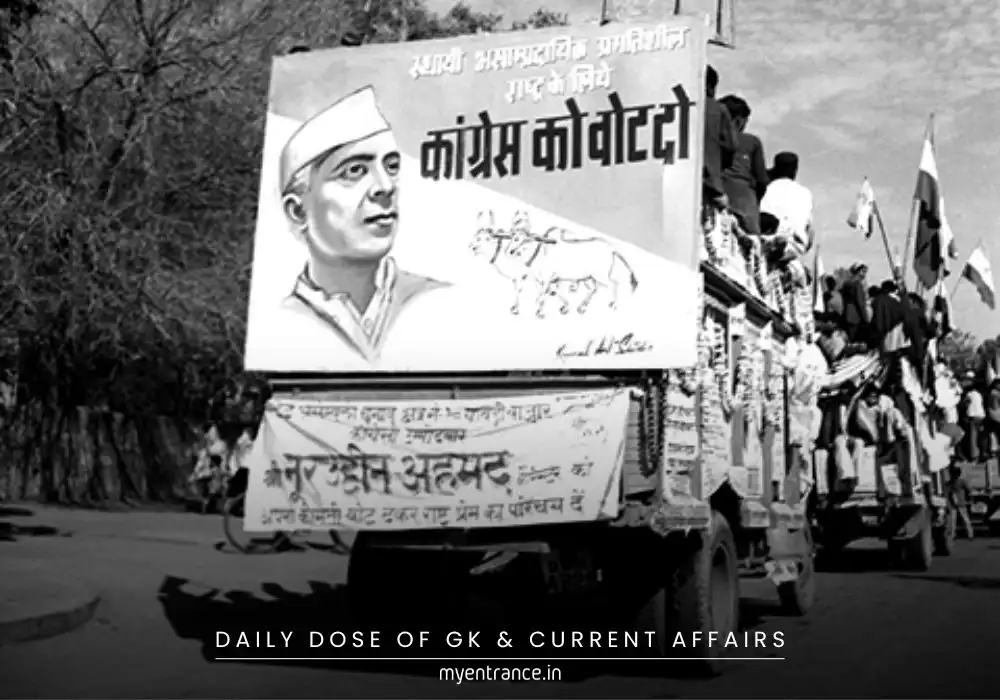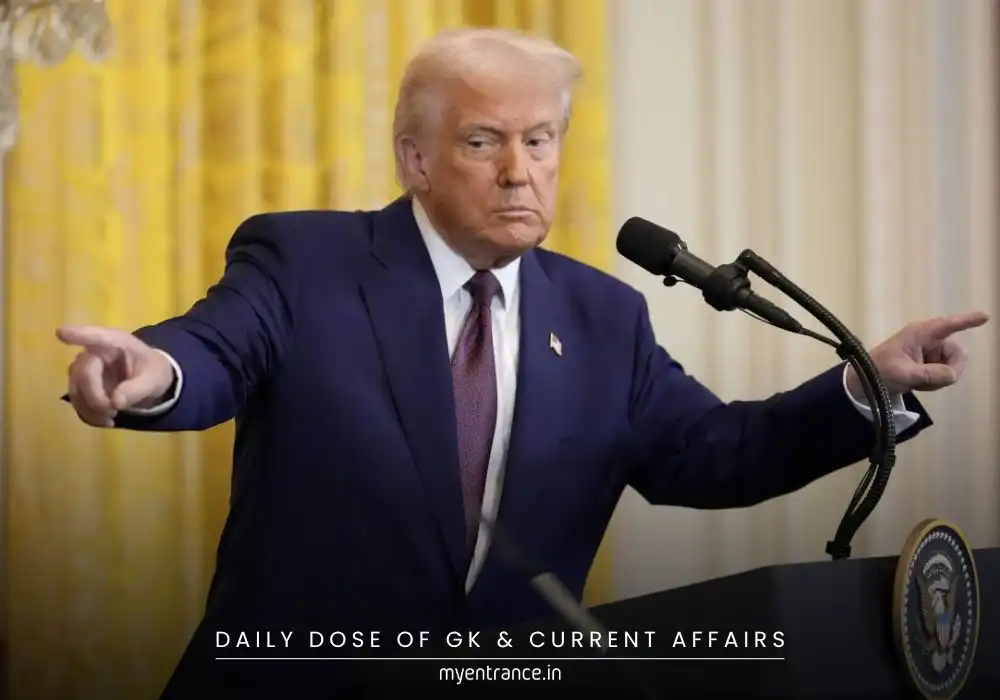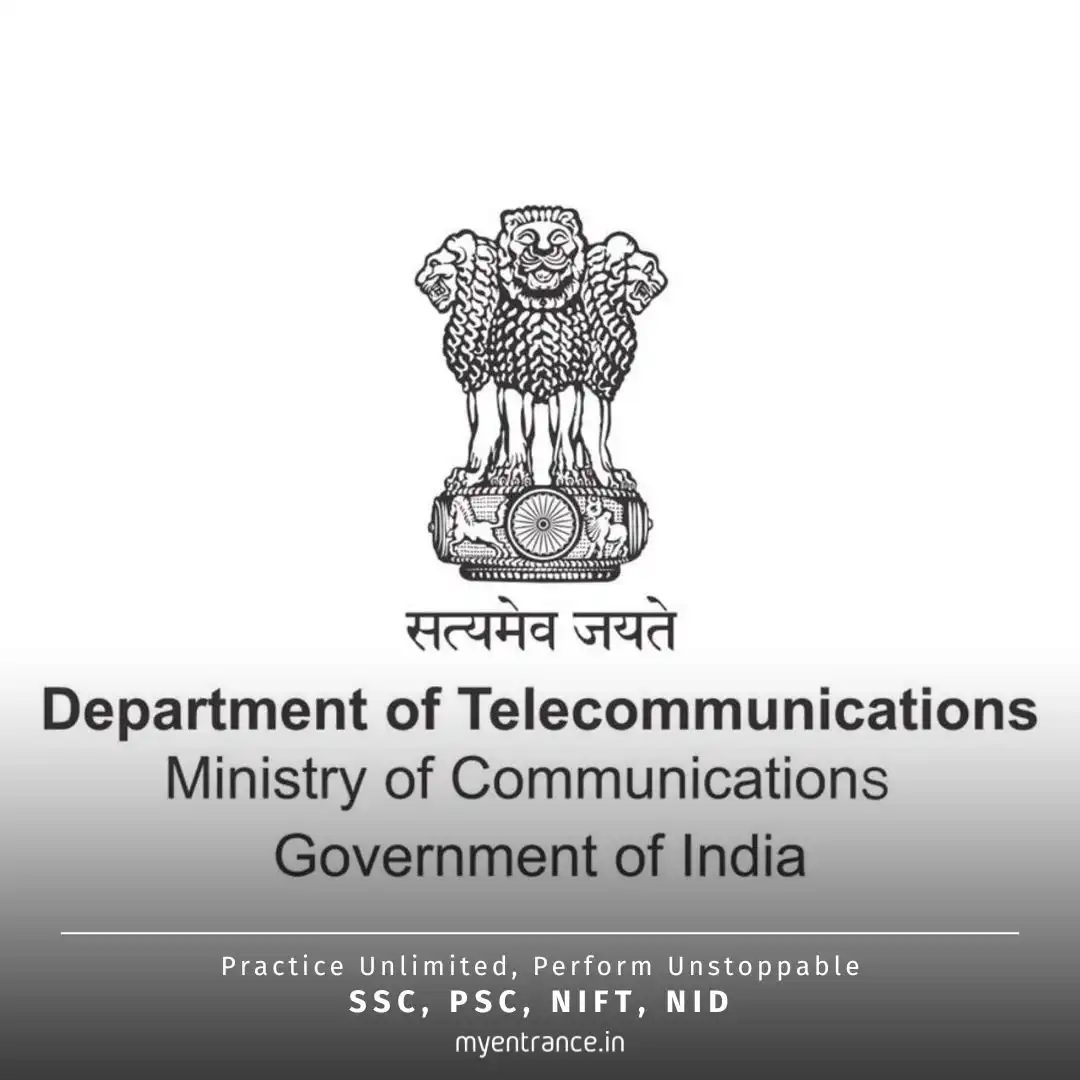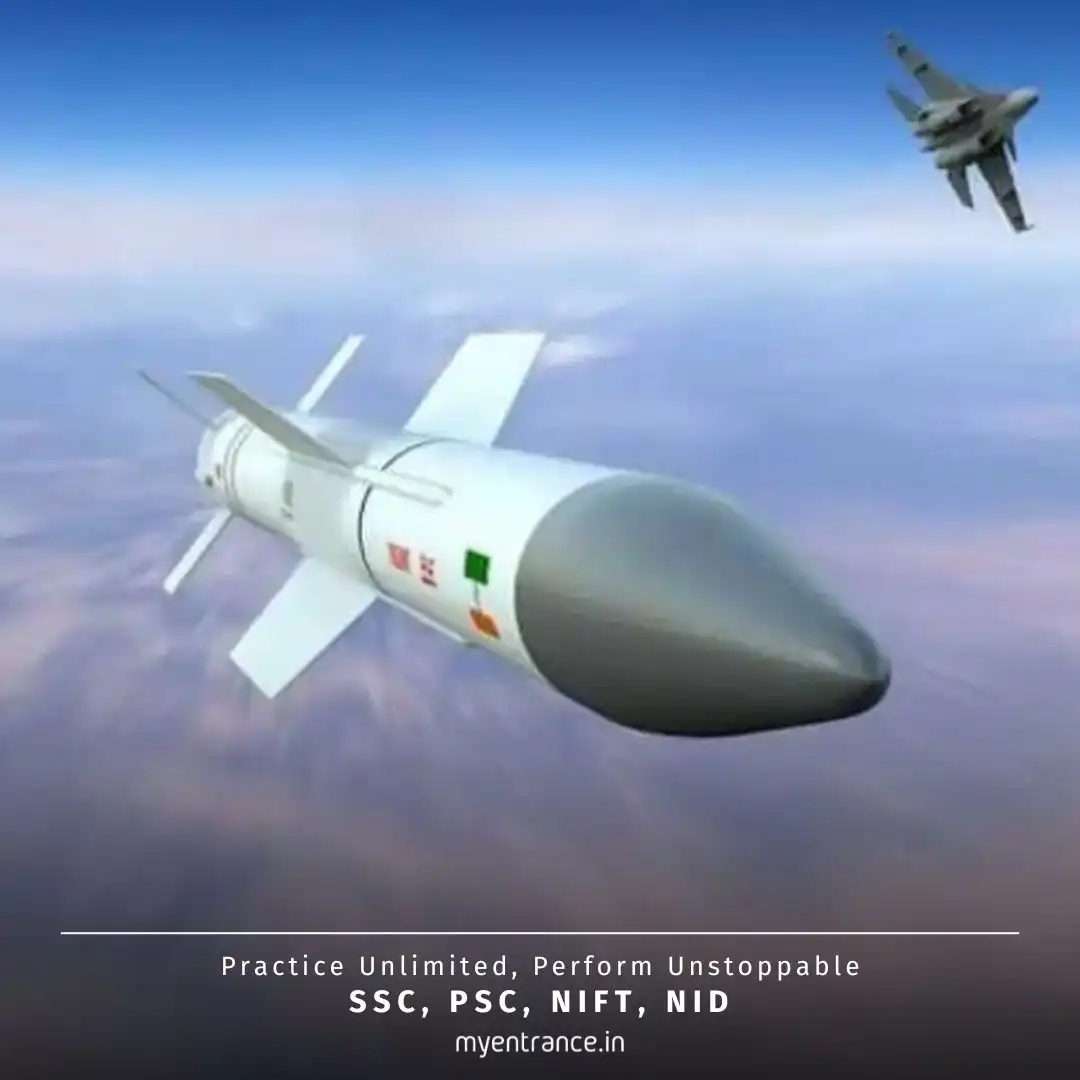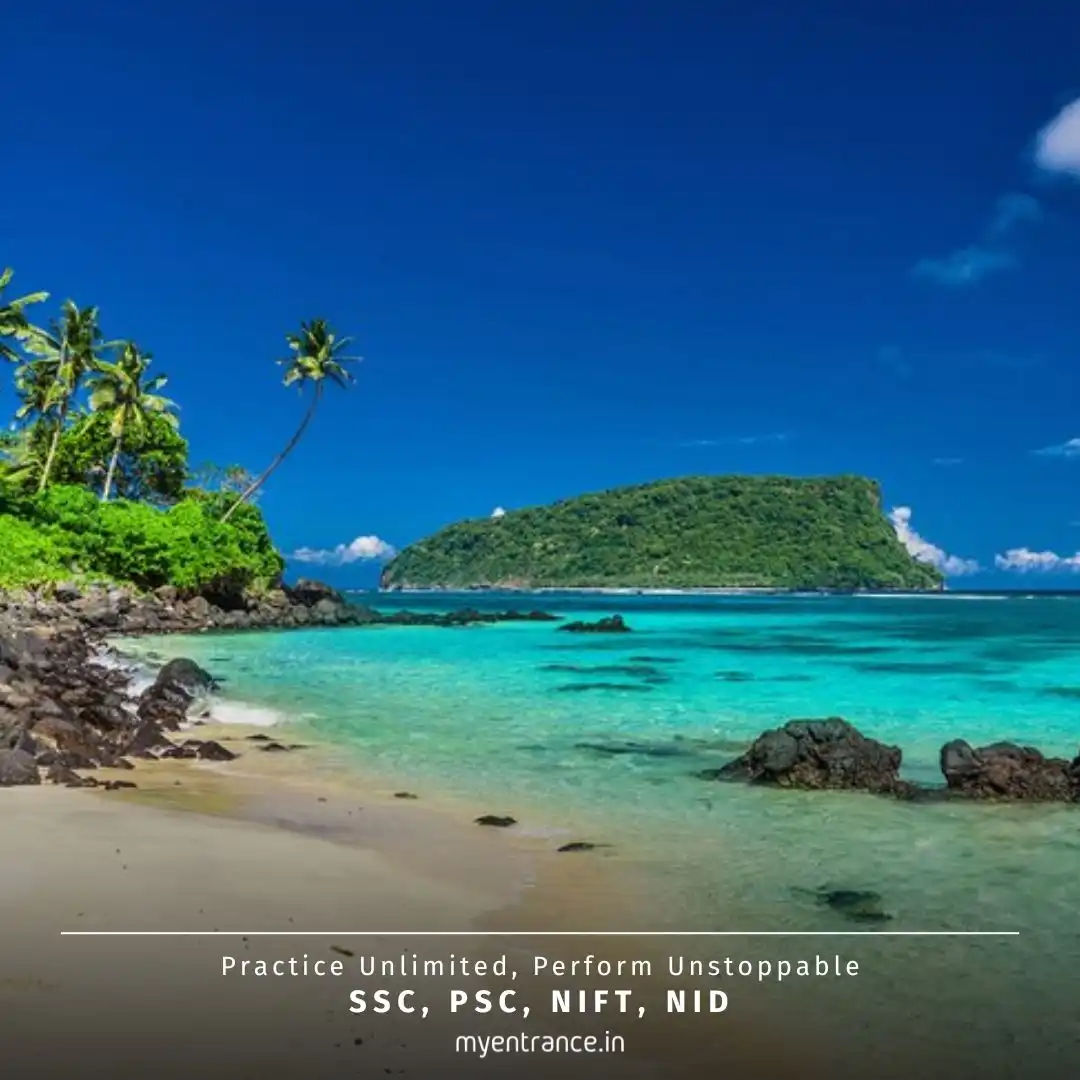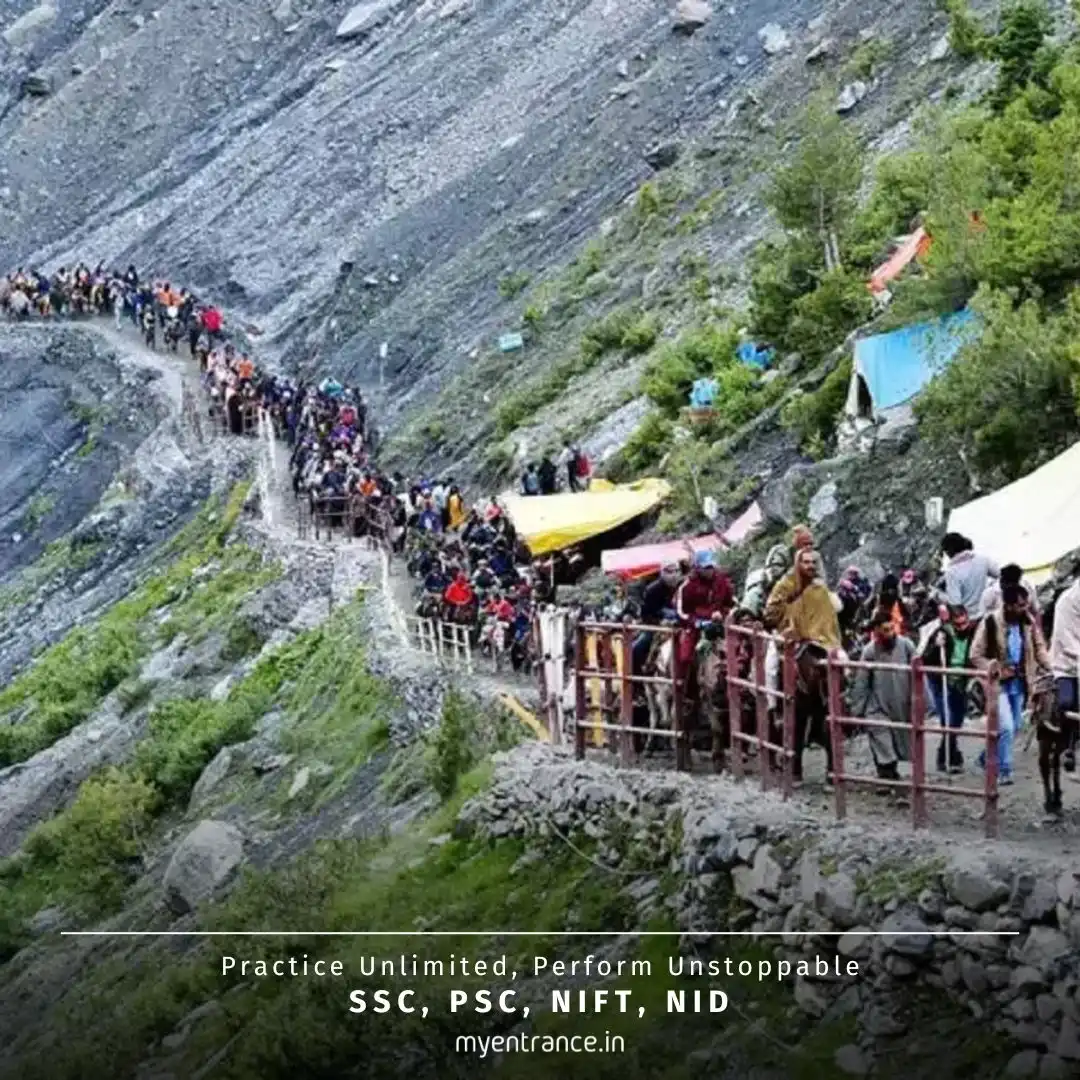Translate Language
Why Are Maratha Military Landscapes Now a UNESCO World Heritage Site?
The Maratha Military Landscapes have earned a spot on the UNESCO World Heritage List, marking India’s 44th entry. These forts, linked to Chhatrapati Shivaji, showcase brilliant military strategy and architectural prowess—key topics for UPSC, SSC, and state PSC exams.

Maratha Military Landscapes: A UNESCO Triumph
12 Strategic Forts included: Salher, Shivneri, Lohgad, Raigad, Rajgad, Pratapgad, Suvarnadurg, Panhala, Vijaydurg, Sindhudurg, Khanderi (Maharashtra), and Gingee (Tamil Nadu).
Recognized at the 47th World Heritage Committee (WHC) session in Paris (July 2025).
Reflects India’s rich military heritage and architectural diversity.
Chhatrapati Shivaji: The Visionary Warrior
Founder of the Maratha Empire (1630–1680), he defied Mughal and Sultanate powers using guerrilla warfare.
Master of Fort Strategy: Captured key forts like Torna (age 16), Rajgad, and Purandar.
Daring Escape from Agra: Fled Mughal captivity by hiding in a basket—a legendary tale of wit.
Coronation as Chhatrapati (1674): Established an independent Maratha kingdom spanning Konkan to Tamil Nadu.
Legacy: Over 300 forts secured his reign, blending defense, trade, and administration.
Why Were Hill Forts Crucial?
Terrain Advantage: Western Ghats’ dense forests and hills favored guerrilla tactics over large armies.
Defensive Strongholds: Forts like Shivneri and Raigad offered surveillance and retreat options.
Control & Expansion: Shivaji repaired old forts and built new ones to consolidate power.
Key Battles of the Marathas
Pratapgarh (1659): Defeated Adilshahi forces.
Surat (1664): Raided the wealthy Mughal port.
Salher (1672): First major open victory against the Mughals.
Anglo-Maratha Wars: Marked the decline of Maratha supremacy against the British.
Sample Q&A for Competitive Exams
Q1. Which forts are part of the Maratha Military Landscapes UNESCO listing?
A: Salher, Shivneri, Lohgad, Raigad, Rajgad, Pratapgad, Suvarnadurg, Panhala, Vijaydurg, Sindhudurg, Khanderi (Maharashtra), and Gingee (Tamil Nadu).
Q2. How did Shivaji escape Mughal captivity in Agra?
A: He hid in a basket meant for alms distribution, evading Mughal guards.
Q3. What was Shivaji’s military strategy?
A: Guerrilla warfare, swift attacks, and control of hill forts to counter larger armies.
Q4. Which battle marked Shivaji’s first major win over the Mughals?
A: Battle of Salher (1672).
Q5. Why are Maratha forts architecturally significant?
A: They blend defense, water management, and regional identity, reflecting innovative engineering.
Why Is This Important for Exams?
UPSC/CSE: Questions on Shivaji, forts, and UNESCO sites frequently appear in Prelims and Mains.
State PSCs: Maharashtra-related history is pivotal for state exams.
SSC & Defence Exams: Covers medieval history and national heritage.
NID/NIFT/FDDI: General knowledge sections often include cultural heritage topics.
Get 3 Months Free Access for SSC, PSC, NIFT & NID
Boost your exam prep!
Use offer code WELCOME28 to get 3 months free subscription. Start preparing today!
